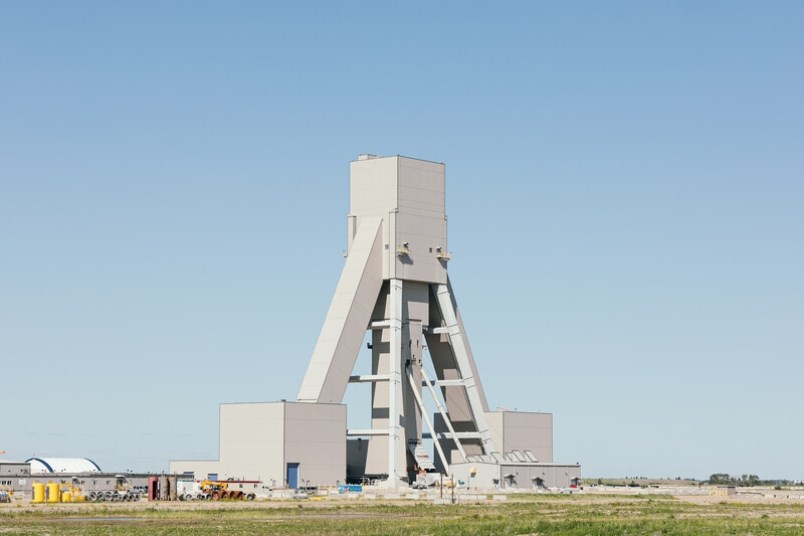The federal government threw its support behind the BHP Jansen potash mine on June 13, announcing that that it will support and enhance BHP's efforts to develop the Jansen project as a “world-leading low emissions potash mine.”
The announcement was made by François-Philippe Champagne, federal Minister of Innovation, Science and Industry alongside Marie-Claude Bibeau, federal Minister of Agriculture and Agri-Food.
Ottawa will provide up to $100 million through the federal Strategic Innovation Fund to support BHP's adoption of technology to reduce emissions from mine operations and shrink the mine's carbon footprint. The mine is expected to generate the lowest direct on-site emissions intensity of any potash mine in the world.
Also touted was the economic benefit for Indigenous communities. It was noted BHP had signed opportunities agreements with six First Nations, touted as the first of their kind in southern Saskatchewan and in the potash industry.
“Today's announcement shows that our government is always ready to support the hard-working people of Saskatchewan and the mining and agricultural sectors of Canada. We know how critical potash is for our country when it comes to food security, and that's why we are pleased to partner with BHP on this very ambitious project that will bring strong economic benefits to Saskatchewan, while also helping cement Canada's mining industry as the best in the world as we pivot toward a zero-emissions future,” said Champagne in a statement.
"It is essential that agricultural producers in Canada and around the world have access to the inputs that ensure their productivity. Our government's investment in the world's greenest potash mining facility will help our farmers feed a growing world population. It will also solidify our country's position as a major fertilizer producer and our reputation as a trusted exporter,” said Bibeau in a statement.
"The demand for potash will continue to grow due to a need to increase crop yields to feed a growing population. Canada has some of the best potash deposits in the world, along with a great skill base and strength in resource development. We know that being successful is not just about what you mine but also about how you mine, and we take this responsibility seriously. Our work here in Saskatchewan on Jansen Stage 1 is setting a new standard for potash—not just for Canada, but around the globe. BHP is honoured and excited to partner with the government, Indigenous peoples and the people of Saskatchewan to create a mine that will use the latest technology to deliver a productive, efficient and sustainable operation that will have benefits for our employees and communities, and value for BHP and Canada for decades to come,” said Ragnar Udd, President Minerals Americas, BHP, in a statement.
BHP announced last year that it would move ahead with plans to invest $7.5 billion (US$5.7 billion) in the first stage of the Jansen potash mine. It expects the first stage to produce approximately 4.35 million tonnes of potash per annum. The mine is expected to operate for 100 years.
Construction of the mine is expected to take around six years, with the first ore targeted for extraction in 2027. That will be followed by a ramp-up period of two years.
Last October, BHP representatives gave an update to Humboldt council indicating they expected 3,500 workers to be employed during peak construction, which was expected to start at 1,000 in the middle of this year and ramp up to peak in 2024.
Once Stage 1 mine operations begin in 2027, BHP plans 600 permanent jobs, with 400 of them based at the Jansen site and 200 at BHP’s Saskatoon Discovery Plaza office. BHP has employment targets for operations of 50 per cent women and 20 per cent Indigenous workers.


